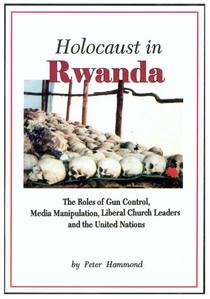 April/May 1994, one of the most dreadful campaigns of mass murder was unleashed upon the Tutsi people of Rwanda. In just 100 days, more people had been slaughtered with machetes and clubs than had died from atomic weapons in all of history. Convenient Timing At the time, world media attention was focused on South Africa’s first “One Man, One Vote” elections. When the genocide was launched on 6 April 1994, most African correspondents were in South Africa covering the elections. The MRND government in Rwanda meticulously organised the genocide. The French trained Presidential Guard, the army, the gendarmes and civil administrators were mobilised to slaughter the Tutsi minority. Sowing Confusion Central to the MRND strategy was to sow confusion so that no one would know what was happening. They isolated their victims by imposing a news blackout, cutting telephone links, establishing a dense network of roadblocks and imposing a nation wide curfew. These measures kept people in their homes and prevented most people from fleeing. By cutting communications and restricting travel, they isolated their victims and sought to stifle the flow of news. State Sponsored Genocide Following the assassination of the president, by surface to air missile, the MRND government (Mouvement Revolutionnaire National pour le Development) launched a campaign of disinformation. It portrayed the killings as a spontaneous outbreak of tribal violence. It sought to confuse the mass killing of defenceless people with “the war”, and it played the humanitarian card by pleading for emergency aid. All this was a smoke screen to conceal the state sponsored genocide. Amidst this calculated confusion, many foreign aid workers assisted in the disinformation campaign by contributing ill informed comments such as: “Everyone is killing everyone!”; “It’s uncontrollable violence”; “The Hutus and Tutsis are killing one another again!” Spread of Disinformation Having killed opposition politicians, Rwandese journalists, human rights activists and others who might present an accurate report on the cold-blooded campaign of mass murder, the MRND campaign continued their strategy of disinformation by portraying the violence as spontaneous rage in response to the assassination of the president. Evacuation of Foreigners Initially, international attention generally focused on the plight of foreigners. Camera crews were, understandably, only prepared to travel with international troops – whose mission was to evacuate foreigners. This naturally led to a slanted and incomplete picture being portrayed to the world. The murder of ten Belgian soldiers on 7 April only heightened this pre-occupation with the evacuation of foreigners. It is very probable that the killers were instructed to murder the Belgians precisely in order to make the evacuation of foreigners the international priority. It also further encouraged the withdraw of UMAMIR (United Nations Assistance Mission to Rwanda). Massacres Exposed
This strategy of disinformation and terror was spectacularly successful. To this day, most people worldwide do not understand what happened in Rwanda or why it happened. That is why after my mission to Rwanda I was compelled to produce a compact book that would not only expose what had happened in the horrific massacres in homes, hospitals, churches and on the streets, but the reasons why this systematic slaughter was unleashed. Holocaust In Rwanda reveals the events leading up to the intense and widespread violence, and more importantly the lessons we need to learn from the genocide in Rwanda. International Community Condemned President Paul Kagame at the formal ten years commemoration of the Rwandan genocide condemned “the international community’s failure…a convenient failure to take responsibility.” President Kagame led conference participants on a tour of massacre sites including the churches in Nyamata and Ntarama where 15000 people were slaughtered in the sanctuaries where they had sought refuge. Remembered Victims The cemetery at Nynaza was another place visited. The cemetery contains the graves of 3500 people who were massacred after being abandoned in a schoolyard by UN peacekeepers. Liberal Church Participation The Holocaust In Rwanda book is unique in that it examines the disgraceful involvement of liberal church leaders, gun control and media manipulation. Rwanda was a gun free zone. The mass murderers successfully manipulated and abused the media to vilify the targeted Tutsis, and to mobilise masses of Hutus to kill their neighbours. The scandalous role of the French government in providing assistance, training and weapons to the mass murderers, and even the French military expedition to create a safe zone for the fleeing Hutu mass murderers, providing sanctuary even for many of the architects of the genocide is also revealed in this book. Challenge to the Christian Church In addition Holocaust In Rwanda looks at the challenge the Rwandan holocaust presents to the Christian church. The killers did not merely kill people in churches, they killed church workers – pastors, ministers, priests and nuns. However, the most shocking aspect of the anti-Christian mass murders was how many people responsible for the slaughter were trusted members of the congregations. On many occasions even priests, nuns and ministers were directly involved in the genocide! Several heads of denominations co-operated with the Interahamwe by betraying their Tutsi congregations and co-workers into the hands of mass murderers. Compromise and Cowardice The role of these Christian traitors, bloodstained bishops and murderous ministers of Rwanda are an indictment upon our theological seminaries and church councils. Those who do not wholeheartedly love the Lord Jesus Christ and His Word are not qualified to be spiritual leaders. The Rwandan Holocaust exposes the emptiness of the superficial and self centred easy believism, which all too often masquerades as the Gospel. Compromise and cowardice helped cause the catastrophe. Most importantly, Holocaust In Rwanda looks at some of the lessons, which need to be learned in order to ensure that such atrocities do not reoccur. Far more important than the concerns for retribution is the urge and need to lay foundations for the future that will prevent such nationwide oppression from ever occurring again. These are Biblical principles which are not only important for Rwanda but for every society which values life and liberty. Holocaust In Rwanda concludes with the Biblical principles which had they been adhered to, there would have been no holocaust in Rwanda. Holocaust In Rwanda is available in both English and French (70 pages with 20 photographs, maps or charts) from Christian Liberty Books P O Box 358 Howard Place 7450 Cape Town South Africa Tel / Fax: 021-689-7478 E-Mail: [email protected] Website: www.christianlibertybooks.co.za
0 Comments
Leave a Reply. |
More Articles
All
Archives
April 2024
|
"And Jesus came and spoke to them, saying, “All authority has been given to Me in heaven and on earth.
Go therefore and make disciples of all the nations, baptizing them in the name of the Father and of the Son and of the Holy Spirit,
teaching them to observe all things that I have commanded you; and lo, I am with you always, even to the end of the age.” Amen.” Matthew 28: 18-20
Go therefore and make disciples of all the nations, baptizing them in the name of the Father and of the Son and of the Holy Spirit,
teaching them to observe all things that I have commanded you; and lo, I am with you always, even to the end of the age.” Amen.” Matthew 28: 18-20
|
P.O.Box 74 Newlands 7725
Cape Town South Africa |
|
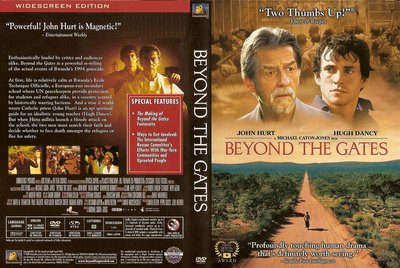
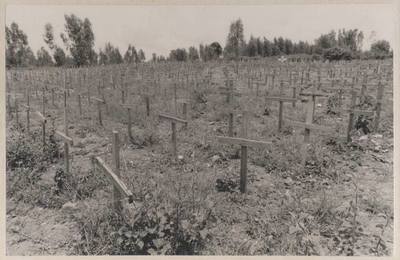
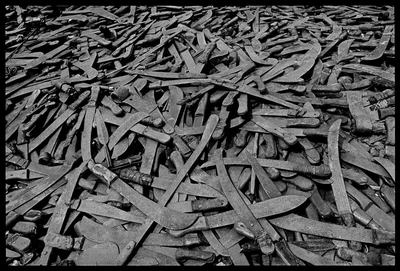
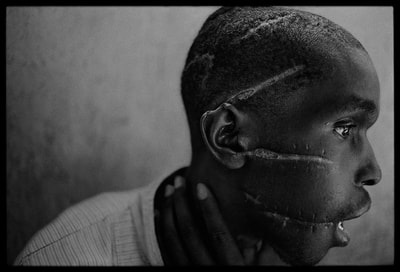
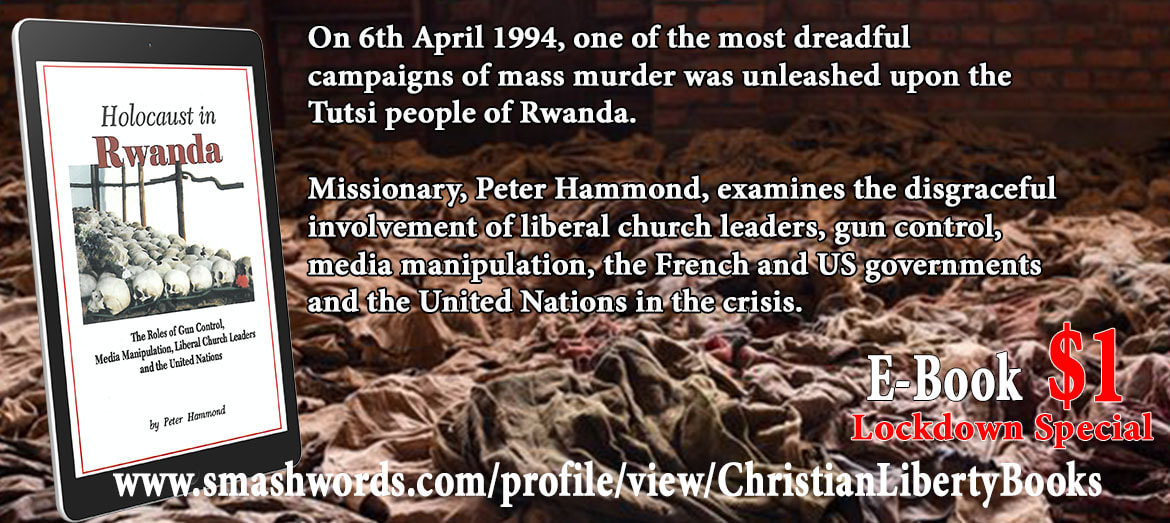
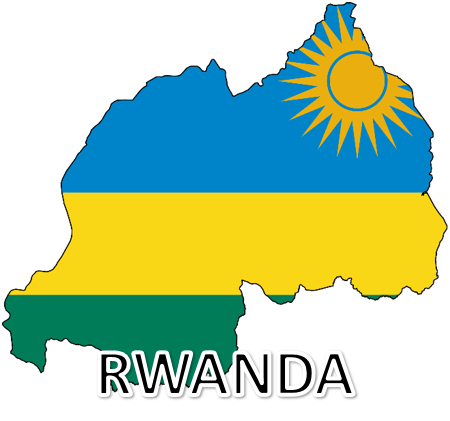
 RSS Feed
RSS Feed
